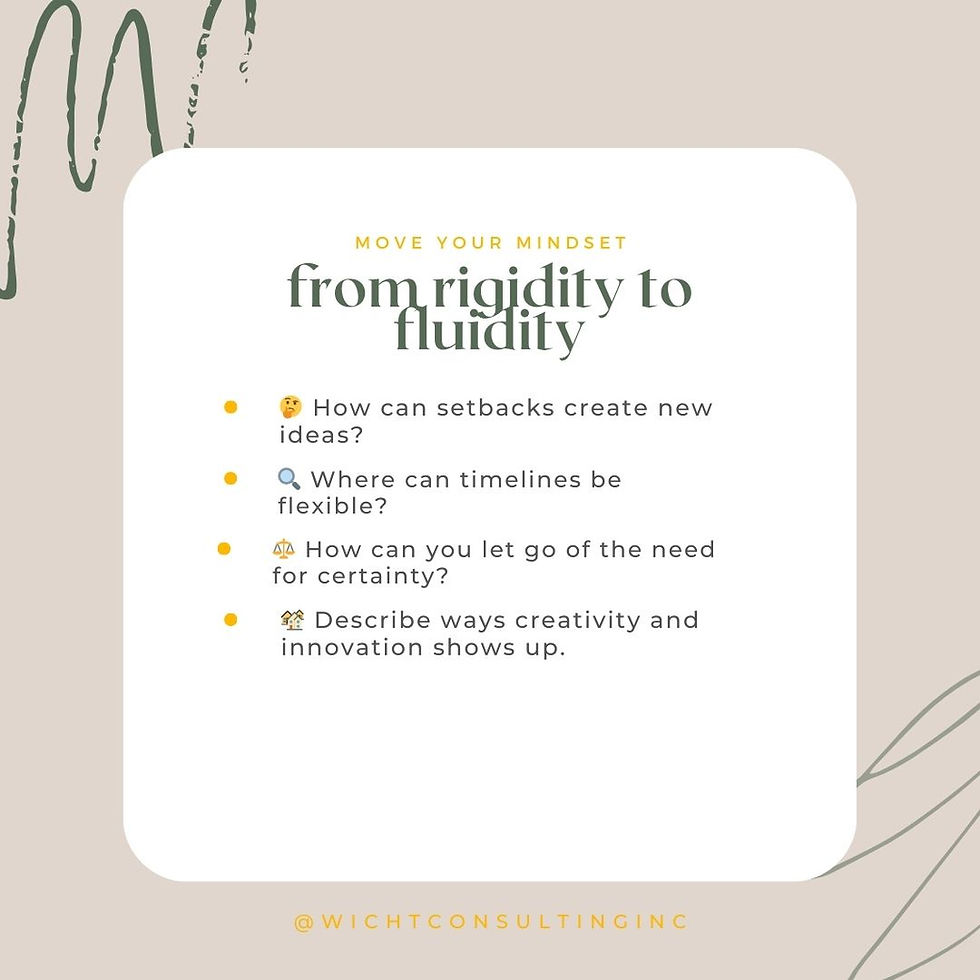Understanding Polarization: A Guide to Building Bridge-Making Skills
- sarawicht

- Oct 30, 2024
- 2 min read
What is Polarization?
Polarization manifests in our daily lives through "us vs. them" thinking and appears in two primary contexts:
Social Polarization:
The segregation within society based on factors like:
Income inequality
Economic displacement
Social group differentiation
Results in extreme groupings at opposite ends of the social hierarchy
Leads to a shrinking middle ground
Political Polarization:
The movement of political attitudes toward ideological extremes
Includes both ideological and affective (emotional) polarization
Most visible in democratic systems and party politics
📌 Real-World Example
Consider how social media discussions often become echo chambers where people only interact with those who share their views, while dismissing or attacking opposing perspectives.
Recognizing Polarization in Daily Life
Common Signs
Quick judgments about "others"
Binary thinking (good/bad, right/wrong)
Defensive reactions to different viewpoints
Difficulty finding common ground
Building Bridge-Making Skills: 1, 2, 3
1. Attitude Development
Goal: Cultivate openness and curiosity
Practice Exercise:
List three topics that typically trigger judgment.
For each topic, write:
What makes me react strongly?
What might I not know about other perspectives?
What questions could I ask to learn more?
2. Skill Building
Goal: Enhance empathetic communication
Growth Activities:
A. Identity Mapping
Create a personal identity wheel
Note which identities feel most salient
Reflect on how these shape your worldview
B. Language Development
Practice describing different viewpoints without judgment
Learn terminology for discussing difficult topics
Develop phrases for engaging in challenging conversations
3. Knowledge Expansion
Goal: Deepen understanding of different worldviews
Learning Tasks:
Research the historical context of current debates
Explore cultural frameworks different from your own
Study successful examples of bridge-building
Practical Application Tools
Self-Reflection Questions
What topics immediately trigger strong reactions in me?
When do I find myself taking sides without full information?
How do I respond to viewpoints different from my own?
Daily Practice Checklist
Notice polarizing thoughts when they arise
Pause before making judgments
Ask curious questions
Look for common ground
Practice empathetic listening
Workplace Strategies
A. Meeting Facilitation
Set ground rules for respectful dialogue
Include diverse perspectives
Create space for all voices
B. Team Building
Focus on shared goals
Acknowledge different approaches
Celebrate diverse contributions
Self-Assessment
Rate yourself (1-5) on these bridge-making competencies:
Openness to different perspectives: ___
Ability to suspend judgment: ___
Comfort with ambiguity: ___
Cultural self-awareness: ___
Empathetic communication: ___
Action Planning
Set personal growth goals
Choose specific skills to develop
Create accountability measures
Track progress over time
Additional Resources
Seek books on intercultural communication
Attend workshops on bias awareness
Find online courses in conflict resolution
Request professional development opportunities focused on intercultural awareness
Thanks for reading! Remember: Building bridge-making skills is an ongoing journey, not a destination. Start small, practice regularly, and celebrate progress.




Comments